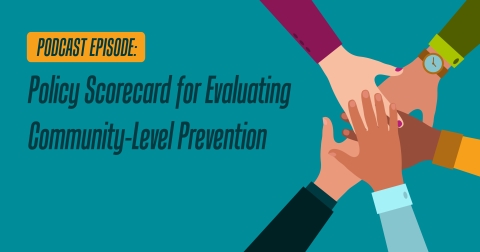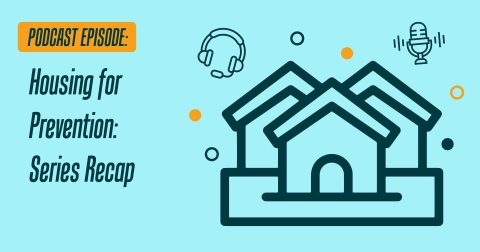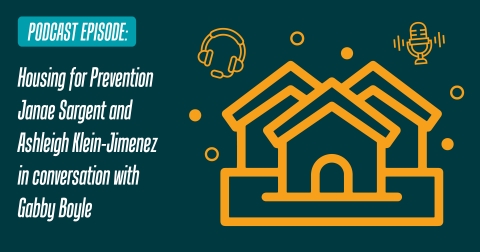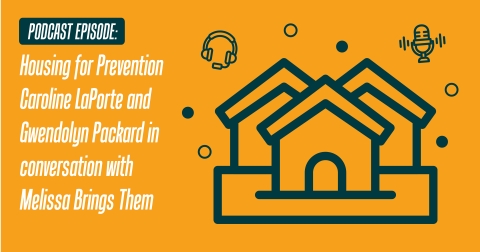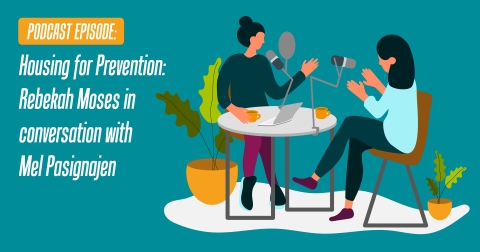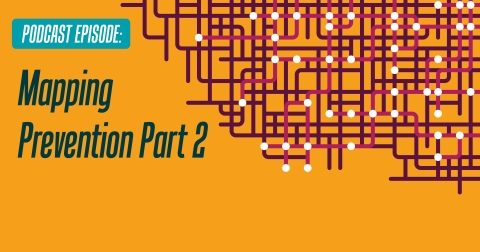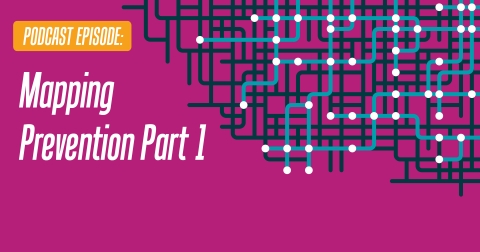The NSVRC collects information and resources to assist those working to prevent sexual violence and to improve resources, outreach and response strategies. This page lists resources on this website that have been developed by NSVRC staff.
- December 14, 2023
- Laura Palumbo
This series of three social media graphics guides you through how to have hard coversations about problematic sexual behavior. These graphics are a part of the Let's Talk set of resources for college students on talking with a friend about concerning sexual behavior.
- December 12, 2023
- NSVRC
In this episode, Mo talks with Jess about the policy scorecard he created in partnership with the New Mexico Department of Health to help evaluate community-level prevention efforts. New Mexico Coalition of Sexual Assault Programs:
- December 04, 2023
- NSVRC
In this final episode of our Housing for Prevention series, Brittany Eltringham from NRCDV, Louie Marven from NSVRC, and Mo Lewis from NSVRC draw connections between the conversations in each of the three episodes and share their insights, highlighting the many ways prevention is linked to housing. This episode is part of a series on housing for prevention that we co-created with the National Resource Center on Domestic Violence. Show Notes: Homelessness & Adverse Childhood Experiences National Resource Center on Domestic Violence Safe Housing Partnerships
- November 27, 2023
- NSVRC
In this collaborative episode of our Housing for Prevention series, Janae Sargent and Ashleigh Klein-Jimenez from ValorUS talk with Gabby Boyle from the Sexual Trauma & Abuse Care Center in Lawrence, KS. This episode originally aired on July 27, 2023, on Valor's podcast channel PreventConnect, under the title "Housing Justice as Prevention." It was part of their series previewing workshops at the National Sexual Assault Conference. This episode is part of a series on housing for prevention that we co-created with the National Resource Center on Domestic Violence. Original
- November 21, 2023
- NSVRC
In this episode of our Housing for Prevention series, Caroline LaPorte and Gwendolyn Packard from the STTARS Indigenous Safe Housing Center talk with Melissa Brings Them about her work in the Native communities in South Minneapolis with those struggling with homelessness and addiction. This episode is part of a series on housing for prevention that we co-created with the National Resource Center on Domestic Violence. STTARS Indigenous Safe Housing Center: https://www.niwrc.org/housing National Resource Center on Domestic Violence: https://nrcdv.org/
- November 14, 2023
- JL Heinze
In this episode of our Housing for Prevention series, Rebekah Moses with GBV Consulting talks with Mel Pasignajen about prevention lessons learned from working in the domestic violence, sexual violence, and HIV fields. This episode is part of a series on housing for prevention that we co-created with the National Resource Center on Domestic Violence. Show Notes Meeting Sexual Violence Survivor Needs in Transitional Housing: https://resourcesharingproject.org/resources/meeting-sexual-violence-survivor-needs-in-transitional-housing/ National Resource Center on Domestic Violence: https://nrcdv.
- November 02, 2023
- NSVRC
In the second part of a two-part episode, Mo talks with DeAnn Alcantara Thompson and Sid Jordan about Mapping Prevention, a community participatory action research project that helped shape the direction of prevention funding in King County, WA. Learn more about Mapping Prevention Dakota Camacho: https://www.dakotacamacho.com/ Darin Dorsey: https://www.rootingmovements.org/about-us The Coalition to End Gender-Based Violence: https://endgv.org API Chaya: https://apichaya.org
- November 02, 2023
- NSVRC
In the first part of a two-part episode, Mo talks with DeAnn Alcantara Thompson and Sid Jordan about Mapping Prevention, a community participatory action research project that helped shape the direction of prevention funding in King County, WA. Learn more about Mapping Prevention Dakota Camacho: https://www.dakotacamacho.com/ Darin Dorsey: https://www.rootingmovements.org/about-us The Coalition to End Gender-Based Violence: https://endgv.org API Chaya: https://apichaya.org
- October 25, 2023
- JL Heinze
Just as people must be able to communicate in the language most comfortable for them, it’s vital that people are able to choose the words and terms used to define them. Language access includes accessibility to gender identity terms, consent language, and even legal vocabulary that pertain to survivor’s rights and options. For example, without the sufficient language, children suffering from sexual abuse may not know how to make sense of what’s happening, how to identify, express or talk about it. Similar can be said for adults- who may have never been supported in processing traumatic
- October 25, 2023
- JL Heinze
When we speak on language access, many people automatically assume there must be a non-English language involved. This is incorrect. For English speakers, the literacy rate for adults across the U.S. averages 88%. This means there is a larger population of people who are unable to access the key takeaways from vital content like safety instructions, resource lists, and shelter applications. As our partners at PCAR state, “People with low reading and writing skills often have less control over their own lives, less understanding of their legal rights, low self-esteem… and ultimately a
Pagination
- Previous page
- Page 3
- Next page


